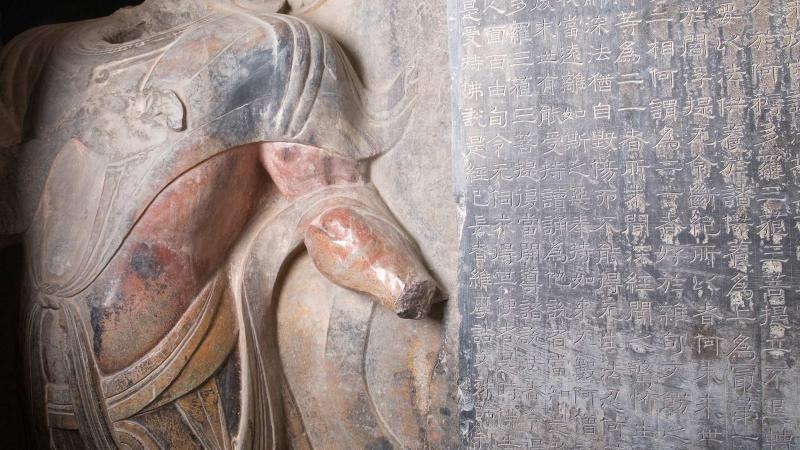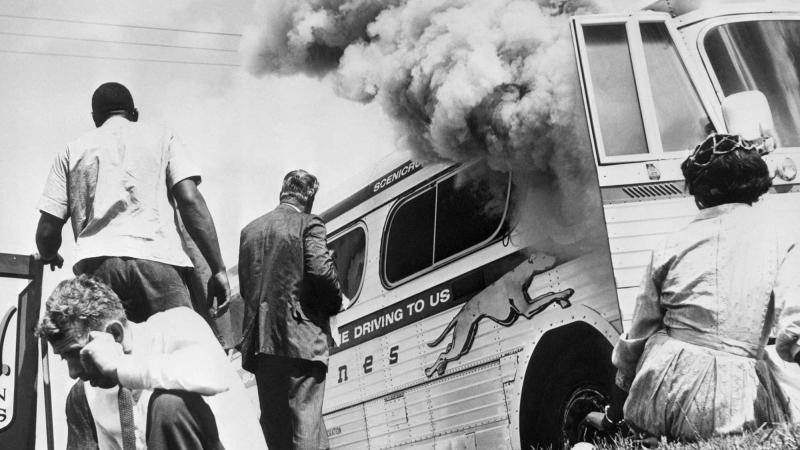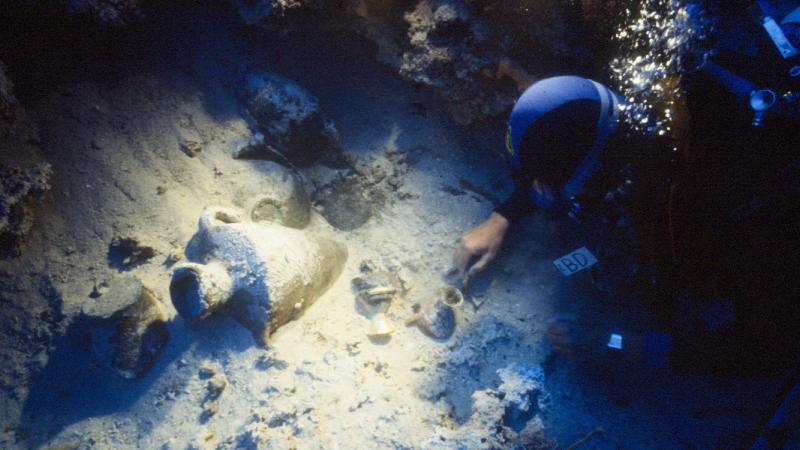In Cincinnati in 1829, a white mob attacked the black community. Armed with rocks, rioters destroyed property and inflicted beatings in an effort to drive blacks from the small but growing city. Newly immigrated free and fugitive blacks had been drawn to Cincinnati by opportunities in its industrializing economy, and their presence seemed to threaten the livelihoods of working-class whites. More than half the city’s 2,258 blacks left, many of them emigrating north to establish an all-black colony in Ontario. The riots demonstrated in stark relief the need for black political organization and directly inspired the black convention movement.
The first convention, in September 1830 at Mother Bethel AME Church in Philadelphia, brought together black leaders throughout the North and West, who met to discuss the riot, emigration to Canada, and the general injustices facing free, escaped, and enslaved blacks. Presided over by Bishop Richard Allen, founder of the African Methodist Episcopal Church, the Philadelphia convention resolved, among other things, “that our forlorn and deplorable situation earnestly and loudly demands of us to devise and pursue all legal means for the speedy elevation of ourselves and brethren to the scale and standing of men.”
More than 200 local and national conventions followed, part of an intricate and influential, but still little-known movement that lasted until 1900. The Colored Conventions Project, supported by a $75,000 grant from NEH, is a research hub centered at the University of Delaware that is using digital tools to bring this nearly forgotten history to light.
Famous black leaders like Frederick Douglass and George T. Downing were delegates to the conventions, but, as the Colored Conventions Project has uncovered, they were also supported by a robust network of lesser known activists. One example is Elizabeth Gloucester, a domestic laborer turned businesswoman who became one of the wealthiest African-American women of her time and led fundraising efforts for black causes. Convention discussions and speeches were recorded on many pressing topics, including access to education and the labor market, legal protections against violence and discrimination, emigration, suffrage, and resistance to slavery. The movement expanded rapidly into the South after the end of the Civil War and provided the foundation for early twentieth-century organizing efforts, including the NAACP and W.E.B. DuBois’s Niagara Movement.
Until now, the Colored Conventions movement has been overshadowed in academic history by abolition. As Professor P. Gabrielle Foreman, cofounder and faculty director of the project put it, “The abolitionist movement has both illuminated and obscured the importance of nineteenth-century black activism.” The push for emancipation offers a clear, cinematic narrative with a definitive happy ending and a stock of white heroes. It also, as Foreman pointed out, offers researchers well-preserved, well-endowed institutional archives. The colored conventions’ complex, scattered, and to date unarchived history—which has important connections to contemporary black social movements—may have seemed daunting by contrast. But that is changing now.
In addition to digitized and searchable transcriptions of the minutes, the project website offers visitors data for text analysis, teaching tools, and digital exhibits that profile convention participants, map complex social networks, and explore the community institutions and businesses that supported the conventions.
The project grew out of a 2012 graduate seminar led by Foreman, where students explored connections among delegates using a Facebook plug-in that maps social networks. Cofounder Jim Casey, doctoral candidate in the English department, proposed moving the project from a private to an academic platform, and fellow cofounder and English doctoral candidate Sarah Lynn Patterson initiated research into the important but easily overlooked roles black women played at the conventions.
The project emphasizes the collectivity of black organizing efforts and seeks to mirror that collectivity in its own development. More than 2,500 people—scholars and teachers around the country, undergraduates, and members of the public—have contributed to an ongoing online effort to transcribe minutes from the conventions or helped in the creation of digital exhibits. The University of Delaware, along with the Delaware Historical Society, hosted the first symposium on the conventions in 2015, and a volume of essays, Colored Conventions in the Nineteenth Century and the Digital Age, the first edited collection to focus on the movement, is in the works.
Written by Alexander Stern, a postdoctoral researcher in philosophy at the Goethe-University in Frankfurt, whose work has also appeared in the Chronicle of Higher Education, the New York Times, and Washington Monthly.


